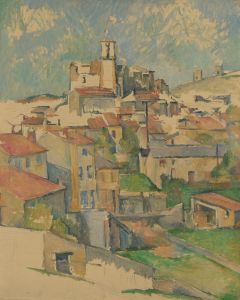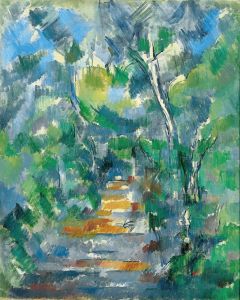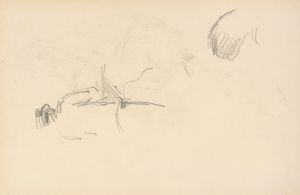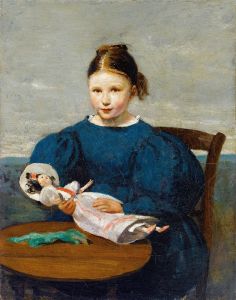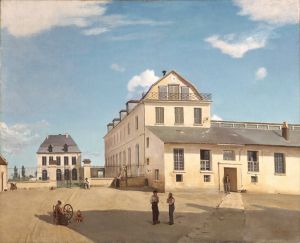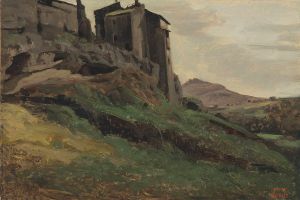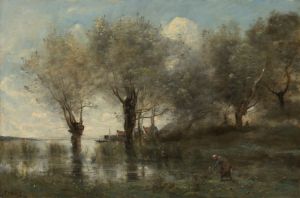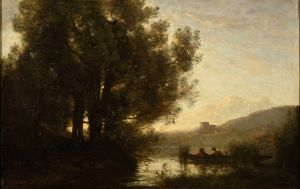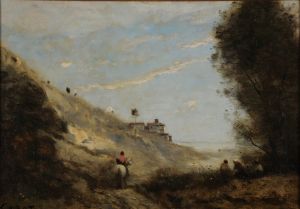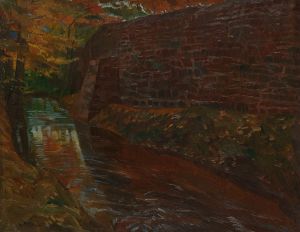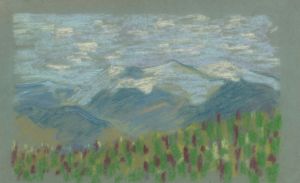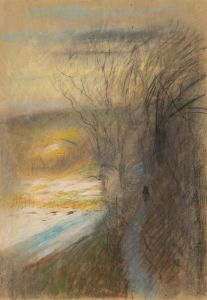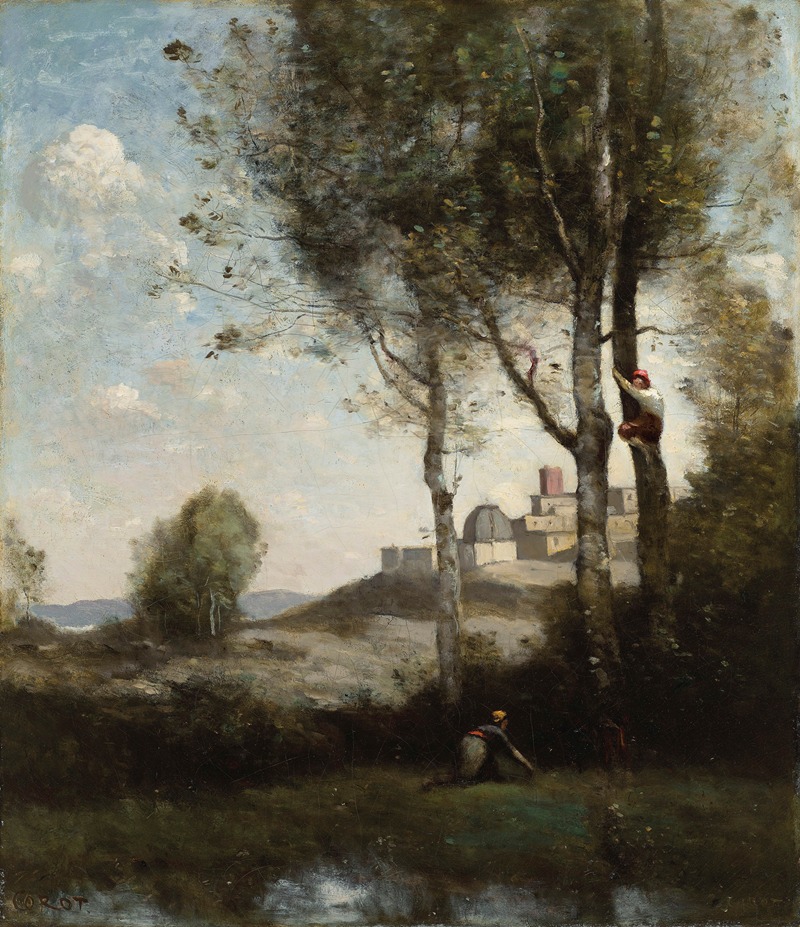
Les Dénicheurs Toscans
A hand-painted replica of Jean-Baptiste-Camille Corot’s masterpiece Les Dénicheurs Toscans, meticulously crafted by professional artists to capture the true essence of the original. Each piece is created with museum-quality canvas and rare mineral pigments, carefully painted by experienced artists with delicate brushstrokes and rich, layered colors to perfectly recreate the texture of the original artwork. Unlike machine-printed reproductions, this hand-painted version brings the painting to life, infused with the artist’s emotions and skill in every stroke. Whether for personal collection or home decoration, it instantly elevates the artistic atmosphere of any space.
Jean-Baptiste-Camille Corot, a pivotal figure in landscape painting, created "Les Dénicheurs Toscans" during the 19th century. Corot is renowned for his contributions to the Barbizon School and his role in bridging the gap between Neoclassicism and Impressionism. His works often depict serene landscapes imbued with a sense of tranquility and a masterful use of light, characteristics that are evident in "Les Dénicheurs Toscans."
"Les Dénicheurs Toscans," translated as "The Tuscan Nest Robbers," is one of Corot's many paintings that reflect his travels and experiences in Italy. Corot visited Italy multiple times, and these trips significantly influenced his artistic style. The Italian countryside, with its unique light and landscapes, became a recurring theme in his work. This painting is believed to capture the essence of the Tuscan landscape, a region known for its rolling hills, cypress trees, and historical architecture.
In "Les Dénicheurs Toscans," Corot employs a soft, muted palette, typical of his mature style. The painting likely features figures engaged in the act of nest robbing, a practice that, while controversial, was not uncommon in rural areas during that period. The figures are integrated into the landscape, a technique Corot often used to emphasize the harmony between humans and nature. This approach reflects his belief in the interconnectedness of all elements within a scene, a philosophy that would later influence the Impressionists.
Corot's technique in this painting, as in many others, involves a delicate balance between detailed foregrounds and more loosely rendered backgrounds. This method creates a sense of depth and atmosphere, inviting viewers to immerse themselves in the depicted scene. The brushwork is both precise and fluid, capturing the transient effects of light and shadow that Corot so admired in the natural world.
While specific details about the provenance and exhibition history of "Les Dénicheurs Toscans" are limited, Corot's works have been widely exhibited and are held in numerous prestigious collections worldwide. His influence on subsequent generations of artists, particularly the Impressionists, is well-documented. Artists such as Claude Monet and Camille Pissarro drew inspiration from Corot's innovative approaches to capturing light and his commitment to painting en plein air.
Corot's legacy is that of a bridge between traditional landscape painting and the burgeoning modernist movements of the late 19th and early 20th centuries. His ability to convey mood and atmosphere through landscape painting has earned him a lasting place in art history. "Les Dénicheurs Toscans," with its serene depiction of the Tuscan countryside, exemplifies the qualities that make Corot's work enduringly popular and influential.
In summary, "Les Dénicheurs Toscans" is a testament to Jean-Baptiste-Camille Corot's skill as a landscape painter and his deep appreciation for the natural world. Through his innovative techniques and thoughtful compositions, Corot has left an indelible mark on the art world, influencing countless artists and delighting audiences with his evocative portrayals of nature.





